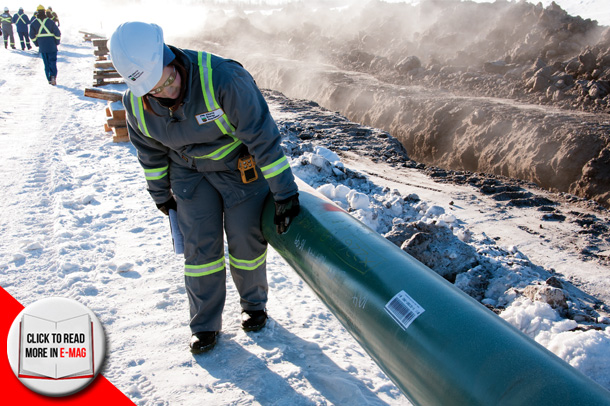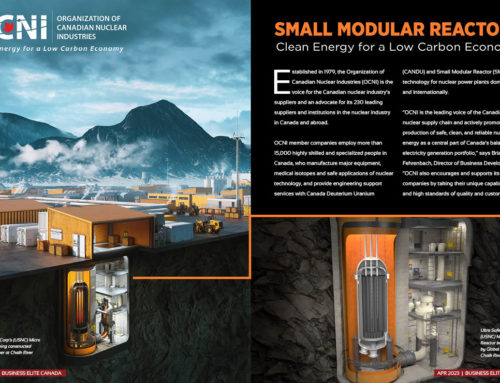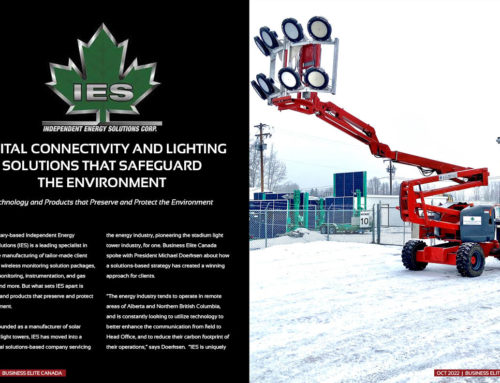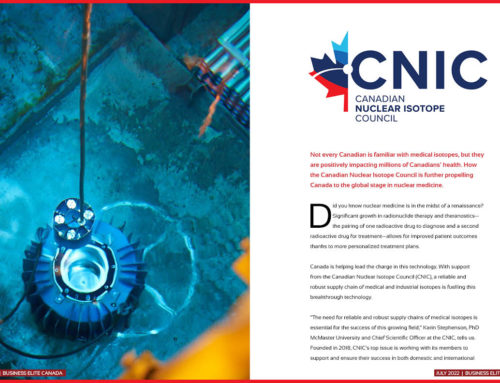More than 75-year history of ensuring environmental safety and public stewardship of energy resources
By Leah Kellar
The importance of the Alberta Energy Regulator (AER) cannot be underestimated in terms of responsible operations in the province’s oil and gas industry. Its primary focus continues to be ensuring that public safety, environmental safety, and environmental stewardship are protected, and that energy resources are not compromised in any way.
Simply put, “We want to make sure that if you’re in the ground here, then you’re doing the best job possible,” said Darin Barter, Senior Public Affairs Advisor.
To that end, Barter has worked at AER in its various forms for 11 years and he is well aware of the complexities of balancing the interests and concerns of the public with that of industry stakeholders.
“Regulation is complicated. We want to simplify it and make sure that people understand that yes, in fact, in Alberta the regulations are there, the public is protected and the environment is protected and resources are protected as well,” he told Business Elite Canada.
Energy regulation in Alberta spans more than 75 years. In 2013 the AER was created as a new organization that took on regulatory functions related to energy development, which were previously held by Alberta Environmental and Sustainable Resource Development (ESRD). The AER is now the single regulator of energy development in Alberta—from application and exploration, to construction and development, to abandonment, reclamation and remediation.
Comprehensive regulation is not new to the industry. Over the decades AER has overcome many challenges in the industry as an independent regulator. Regulation put an end to massive wasteful flaring and venting of natural gas from flare stacks on private properties in the Turner Valley in southern Alberta and elsewhere in the 1930s. Incomplete combustion from the flaring process that is done when gas cannot be economically processed or sold may release carbon monoxide, unburned hydrocarbons, sulfur compounds, and particulates such as soot and ash. These harmful effects were not completely understood at the time when regulation curbed the independent practice of gas flaring. In the first decade of the twenty-first century regulation cut gas flaring in Alberta by 80 per cent. Much has changed in terms of regulation, thanks in large part to the organization, since the rash of oil spills that spelled a crisis for industry in the 1970s.
Today, the AER continues to ensure the safe, efficient, orderly, and environmentally responsible development of hydrocarbon resources over their entire lifecycle. This often demands keeping pace with new technologies and those that may be invented as a result of regulation to meet new industry standards. The AER also oversees the allocation and conservation of water resources, management of public lands, and protection of the environment while providing economic benefits for Albertans.
Barter’s job as Senior Public Affairs Advisor with AER, more specifically, is to ensure that Albertans and Canadians and other stakeholders are aware of how the regulator operates, and that industry producers, such as upstream oil and gas companies and service providers, are aware of changes to regulation. The AER works with anyone in the industry who has a license to operate in Alberta to ensure compliance with regulation. This includes a wide gambit of companies and organizations, nationally and internationally, and from major to minor gas producers and service providers. The AER is different from other organizations concerned with regulation in the industry, such as the Canadian Association of Petroleum Producers (CAPP), in that AER is an independent regulator that is not directly linked to government or industry. Rather it makes decisions that reflect the public interest. CAPP, contrastly, reflects the interests of industry.
“We are ensuring that the public of Albertans is protected. Our interest is environmental safety and public stewardship, that’s really where we’re coming from,” said Barter.
The provincial Responsible Energy Development Act of 2013 to independently regulate the province’s energy sector governs the AER. Public safety is the backbone of this regulation, as well as fair and responsible discovery, development and delivery of energy resources. To achieve this goal, the AER’s Compliance Assurance Program consists of three components: education, inspections and audits, and enforcement. The AER delivers regular educational programs designed to improve and assist industry with compliance through explanations, examples and demonstrations. Regular monitoring activities are also undertaken by AER to detect noncompliance with its energy and environmental statutes, including surveillance, inspections, audits, investigations, self-regulation, and complaints response.
A system of accountability is a big part of the process at AER. Enforcement activities provide the necessary checks and balances for industry participants to ensure compliance with regulation. Public and private perception of the regulator as being open and transparent is also critical to the process. Pipeline projects have received a great deal of media attention and scrutiny over the recent decade, and are of course a major regulatory issue. The AER concluded a major pipeline safety review in August, which is also concerned with environmental protection. Tailings ponds are another major regulatory issue. Tailings ponds are a composite of waste byproduct from the oil sands extraction process used in mining operations. Damage to tailings ponds can cause them to release toxic contents into the environment and they may also leak gradually. Industry is currently working to reduce the size of tailing ponds for those reasons.
“In situ oil development is really on our radar because of course we’ve had a lot of incidents with one company in particular that has really raised some questions about how we can work together with industry to ensure that it is done safely,” said Barter.
Hydraulic fracking is another area of concern in which AER has more than 50 years of regulatory experience. Fracking is a high pressure process of drilling and injecting fluid into the ground in order to fracture shale rocks and release the natural gas inside.
“It’s not new to us, but the scale and the pace of hydraulic fracturing operations in Alberta is certainly gearing up. So we’re looking at ensuring that we have the capacity to regulate in a different way. So rather than a well-by-well basis, we’re looking at more of a project basis,” said Barter.
He noted that AER is currently setting in place a number of initiatives to make the industry more accountable and to streamline the regulatory process. Like many other provinces, an independently operated geological survey is undertaken in accordance with the energy regulator to test for significant seismic activity as a result of hydraulic fracking that occurs deep below the Earth’s surface. Various monitoring stations are set up throughout Alberta for this purpose. Seismic activity can and does occur on a fairly continual basis in the world, but is often not humanly perceptible at the ground surface. The Canadian Geological Survey team of scientists also conducts regular testing.
“We’re lucky because our geological survey, as part of AER and the work that we’ve done so far, has been very clear in saying that ‘hydraulic fracturing in Alberta has not caused seismic issues,” said Barter.
While the energy industry has always been under a regulator, new technologies are changing the game and requiring new standards of regulation and compliance. Barter notes that it is an exciting time in the history of AER, which revitalized and updated its mandate last year, and for the energy industry as a whole in Alberta.
“Regardless of whether regulations for industry are forcing it to conduct more responsible operations or are prescriptive related to new technology, I think the insistence upon meeting regulations in Alberta is forcing the advent of new technology,” said Barter.
Whatever the future holds in new and developing energy technologies, the AER will keep pace ensuring public interests are met with respect for safety, the environment, and the responsible extraction and development of energy in Alberta for the health and economy of future generations.







